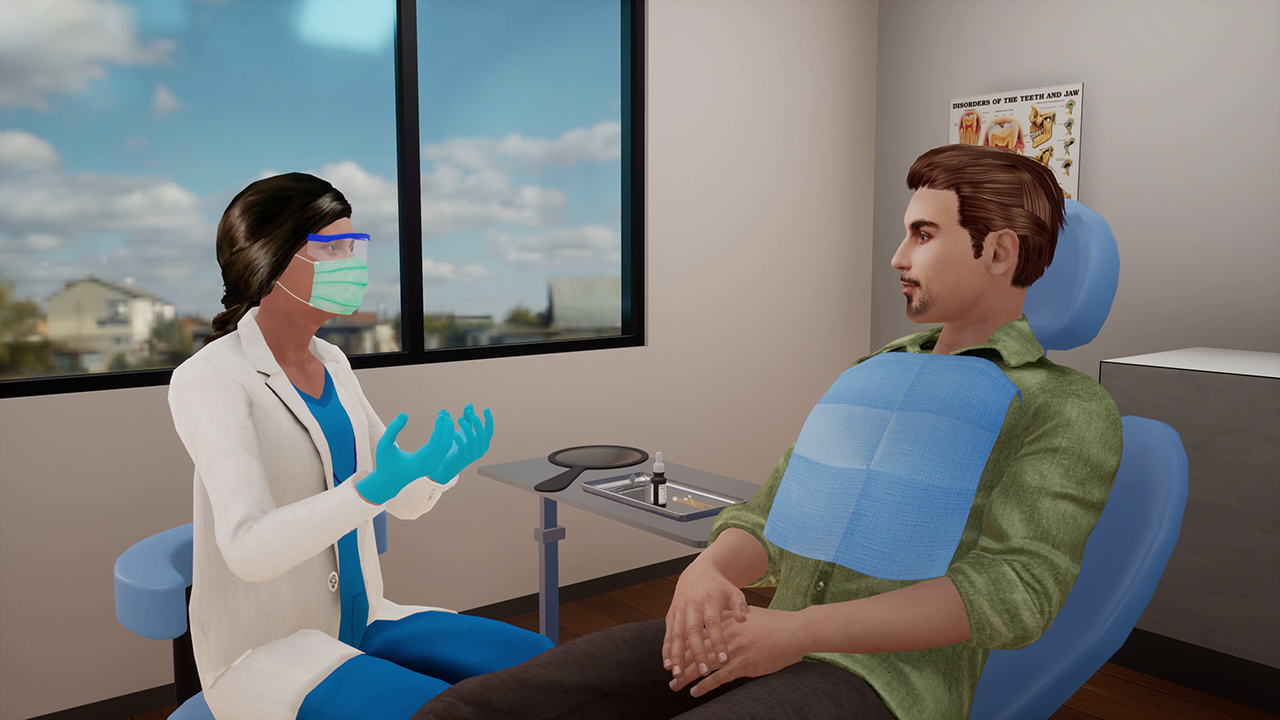The 3 Es of eLearning
Problem identification
Every learning solution must solve a problem. “What is it that this particular course is trying to achieve?” a question that every instructional designer must ask when deciding upon the methodology to adopt. The answer to this must be crisp and clear with no ambiguity. Identifying the precise and correct purpose sets the course preparation task on the right track.


Demonstration
Not all information can be considered knowledge. Merely ‘telling’ does not get the message across. A concept or skill must be ‘shown’ or ‘demonstrated’ to a learner to instill the message firmly. In online learning, immersive methods like simulations and 3D demonstrations are efficient ways to fulfill this goal.
Application
Knowledge is acquired and understood but, what after that? If not applied in specific situations, the knowledge may be lost. Application plays a significant role in cementing knowledge acquisition. Presenting learners with specific tasks and problem-solving opportunities triggers the thought process and encourages the learner to apply the learnings towards completing activities. Effective ways to achieve this goal are realistic interactive scenarios in virtual and augmented reality environments or simulations.


Integration
Integrating acquired knowledge in to real-world scenarios completes the learning cycle. This is where the purpose of creating the course comes a full circle. Learners must by encouraged to not only reflect on their learnings or discuss it with fellow participants but also present views or ideas before a larger audience and defend their point of view. Encouraging participation in real-world projects, community discussions, comments and feedback from critiques, responding to feedback are some ways in which learners can fully integrate their learnings in real-life situations.
Activation
Activating learners’ prior knowledge of a subject helps build the foundation for the course content. Ruffle up old feathers and bring the hidden into the open. Let the learner recall existing knowledge and continue the journey from the last known location. The sense of familiarity will assist in moving forward.




